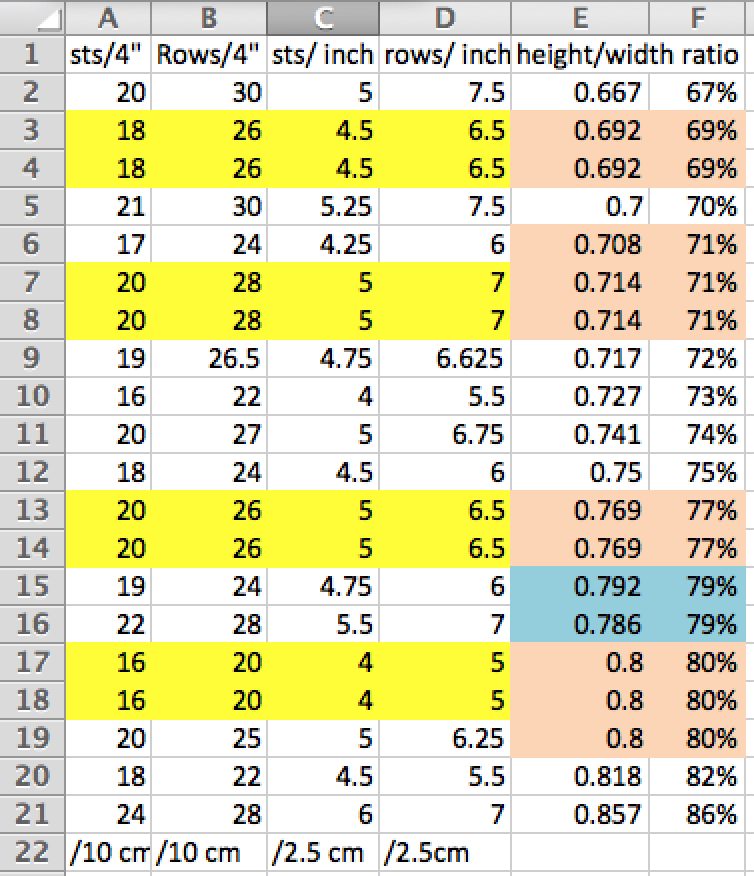Patterns are guidelines, not gospel, and I didn’t pull that idea out of a hat. It comes from 60+ years of knitting experience, 10 of which I spent as the Tuesday Troubleshooter for my local yarn shop. I sorted out 1000s of knitting snarls . . . and guess how many of those involved patterns? Over half of them.
PATTERNS ARE NOT GOSPEL BECAUSE . . .
1) They are riddled with errors. This is nature of the beast. With hundreds of numbers and abbreviations, for which there can be no spell-check, mistakes happen with even the most compulsive of designers, copy editors and typists spending hours working them over with dutiful attention.
Back when I was at the yarn shop (mid-80s to mid-90s) the internet was an infant. Now, at least, you can check websites to see if any “errata” have been corrected for the pattern you’re using. Even then, there may be undocumented errors lurking just under your radar, like crocodiles, ready to snap your patience.
2) They give you bad advice. One of my pet peeves is step-bind-offs. “Bind off 5 sts at the beginning of the next 6 rows,” for example, with no more guidance. Short rows or sloped bind-offs are so much more elegant in this situation. And about grafting the shoulder seams of an adult, long-sleeve sweater? Bad idea.
3) Sometimes you want fewer (or more or bigger) buttons or a different neck edge treatment from that in the pattern. It’s your knitting. It’s OK to change things.
4) Your likelihood of “matching the pattern gauge” perfectly is 50% or less. [2017 note: After more research I conclude that this is closer to 30%. That is, 70% of the time you won’t be able to match the gauge exactly]. That is, AT LEAST HALF OF THE TIME YOU WON’T BE ABLE TO MATCH THE GAUGE CALLED FOR IN THE PATTERN no matter how many sets of needles, larger and smaller, that you try. Not because you’re a bad knitter, but because your hands are not the designer’s hands.
This figure I am sort of pulling out of my hat because I haven’t recorded 1000s of samples, but I see evidence to support this conclusion all the time.
**EXHIBIT A: A few years ago I taught a weekend retreat in which 25 experienced knitters made the same Size-2 sweater with the same yarn and needles, and 13 different gauges. They ended up with 25 sweaters the exact same size because we made them Sweater 101 style where we wrote the patterns to match their personal gauges, but the part I want you to remember is this: SAME YARN + SAME NEEDLES + 25 GOOD KNITTERS = 13 DIFFERENT GAUGES.
**EXHIBIT B: I just did a quick pattern search on Ravelry for worsted weight patterns (about halfway between DK and Aran weight for my UK friends). I randomly clicked on 20 mostly stockinette sweater patterns and recorded their required gauges. Some of the patterns listed multiple yarns you could use to make the sweater. Others called for one specific yarn. GUESS HOW MANY DIFFERENT RECOMMENDED STOCKINETTE GAUGES I FOUND. YOU WON’T BELIEVE IT. Seriously, guess first and then CLICK HERE to find the answer. (Some of the gauges were close and others were not even close. This cries out for further exploration but not today).
**BOTTOM LINE: You might never match the designer’s gauge no matter what you do. And this can be crazy-making unless you learn to adapt patterns to your gauge. It’s not that hard.
REASONS TO USE PATTERNS ANYWAY . . .
1) They’re inspiring. Some designs stun me with their creativity and I want to know how someone did that and why I never thought of it.
2) To support designers. I bought a pattern last week that I may never make but it was ingenious and charming. It’s hard to make a living with a craft business, and for $3.36 I was able to say “Thank you for adding beauty and whimsy to this world. Please continue to create.”
3) They give you good advice. Sometimes a designer will showcase a new-to-me technique in a pattern and explain it well. It’s very cool to learn a new skill in a context where you actually use it.
4) It’s not as much work as starting from scratch. There is only one pattern that I make exactly as written, and that’s Cat Bordhi’s felted moebius basket. I made 2 baby sweaters in the past month from different patterns and I changed everything from construction techniques to neckline treatment to number of buttons, but it was still faster than starting with my own gauge and design because I liked some of the elements of those patterns.
A pattern is your tool, not your master.
Gauge is your tool, not your master.
Once you believe that, your knitting breaks out of its work cubicle and becomes a playground.
What do YOU think about that outlandish opinion?
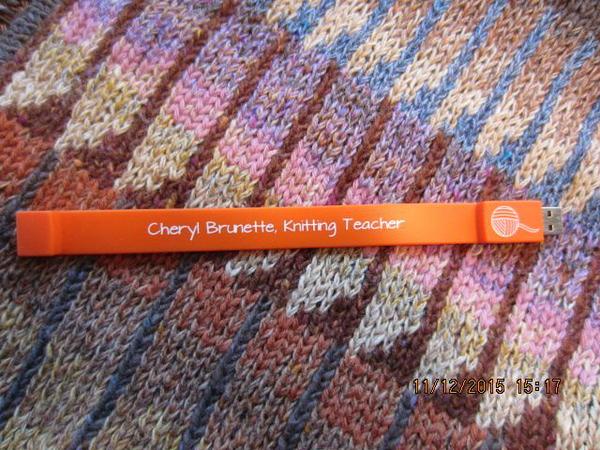
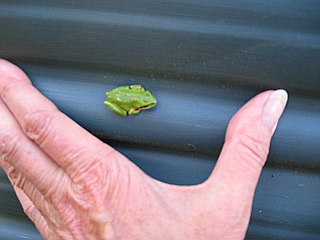 We’re getting whiffs of spring here in the Pacific Northwest region of the U.S. and it’s even reflected on my needles. Both main projects I’m working on are green. Here’s one of them, and boy is it a fun knit! Especially because the other is the never-ending garter stitch aghan. I’m really into garter stitch these days. It’s restful.
We’re getting whiffs of spring here in the Pacific Northwest region of the U.S. and it’s even reflected on my needles. Both main projects I’m working on are green. Here’s one of them, and boy is it a fun knit! Especially because the other is the never-ending garter stitch aghan. I’m really into garter stitch these days. It’s restful.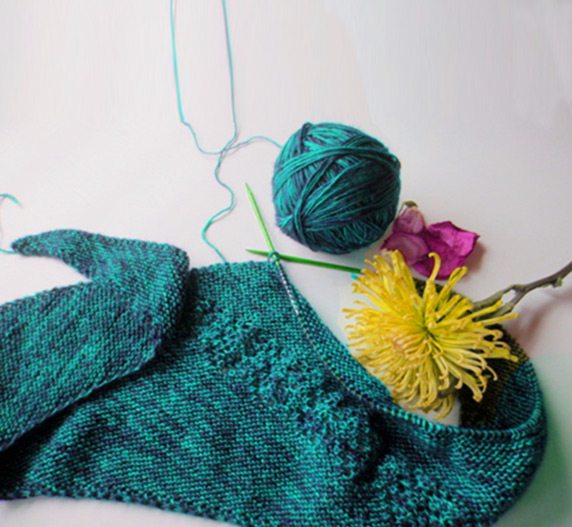
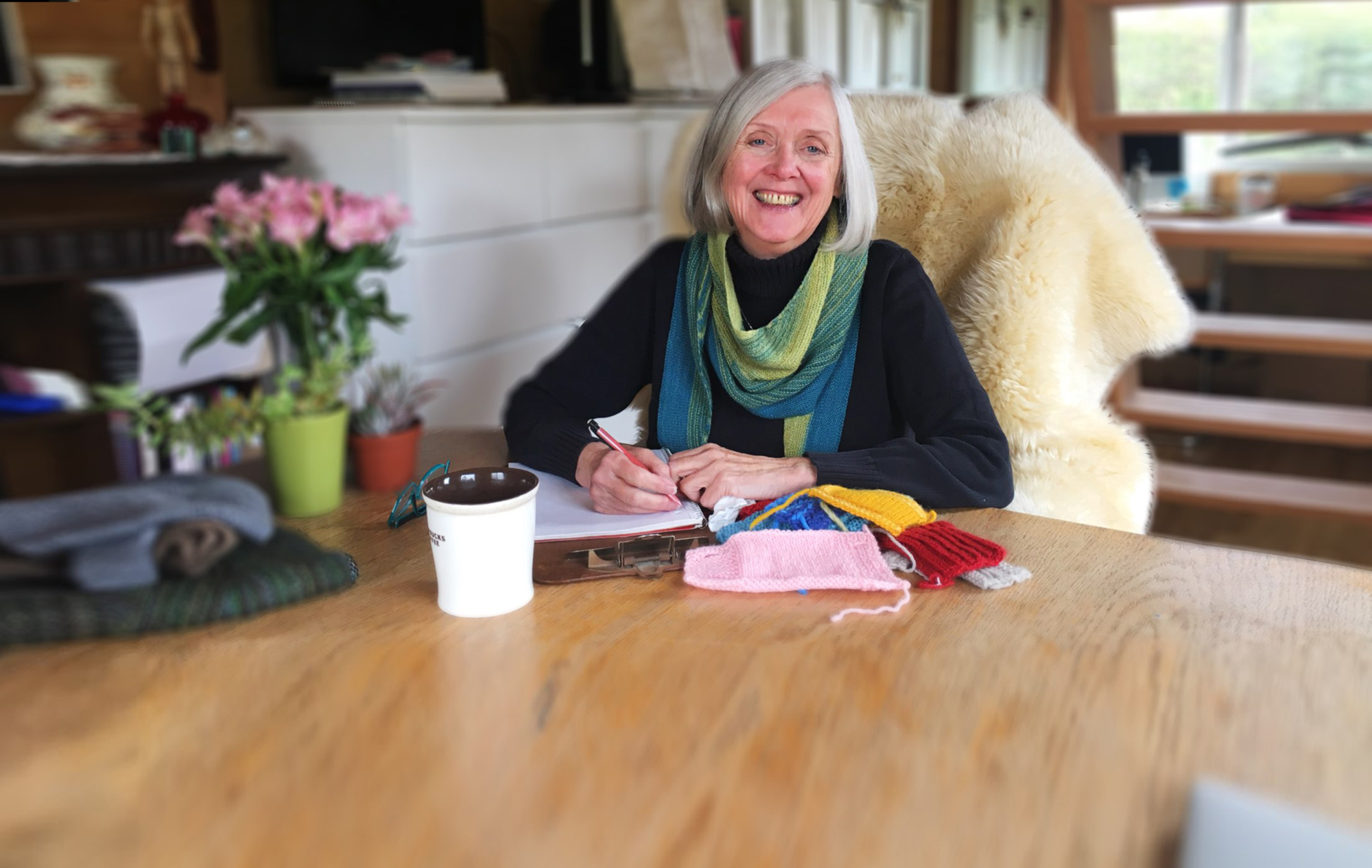

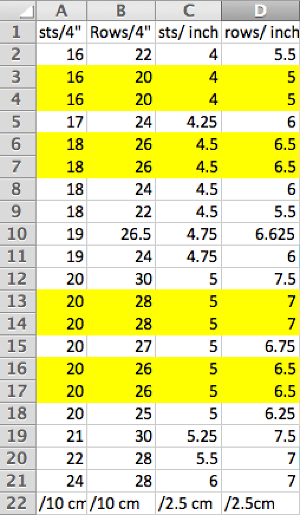



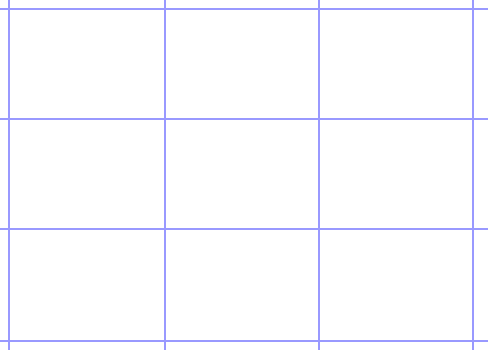
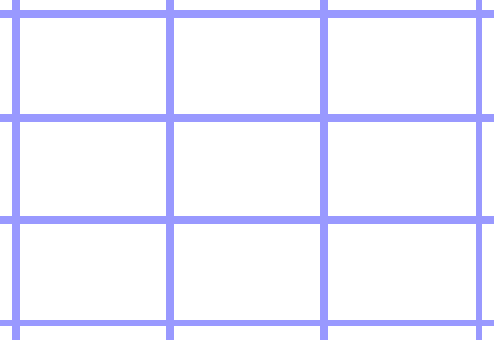 to this:
to this:
